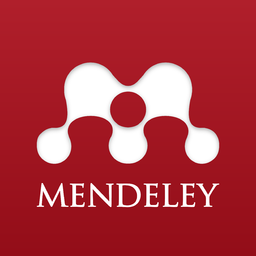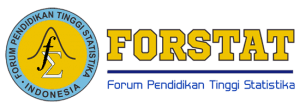Pemodelan Persamaan Struktural Kemampuan Akademik dan Karakteristik Individu dalam Mengidentifikasi Ketertarikan Siswa Kelas XII dalam Memilih Perguruan Tinggi Negeri
Abstract
State universities represent a primary option for prospective students aspiring to pursue higher education. During the selection process of a state university, prospective students are influenced by various factors, including academic prowess, individual traits, and personal considerations pertinent to their chosen state university. This study was conducted among 59 twelfth-grade students at SMA Kristen Petra Kefamenanu during the academic year 2023-2024. The methodological framework of structural equation modeling (SEM) was utilized to investigate the interrelationships among these variables. The analysis revealed that students' academic aptitude, comprising elements such as self-assurance, scholastic achievements, active participation, and innovative thinking capabilities, exerts a significant impact on their inclination towards selecting state universities, with a path coefficient of 0.40. Moreover, individual attributes such as autonomy, creativity, integrity, courage, and perseverance also demonstrate a substantial influence, yielding a path coefficient of 0.84 on the inclination towards selecting state universities. These findings underscore the pivotal roles played by both academic capabilities and individual attributes in the decision-making process surrounding state university selection. These findings indicate that both academic ability and individual characteristics play important roles in the decision to choose state universities. These results can serve as a guide for educational institutions and parents to better understand the factors influencing students' decisions in choosing higher education institutions and can help in developing more effective new student admission strategies.
Keywords
Full Text:
PDFReferences
S. Jiang, S. D. Simpkins, and J. S. Eccles, "Individuals' math and science motivation and their subsequent stem choices and achievement in high school and college: A longitudinal study of gender and college generation status differences." Developmental Psychology, vol. 56, no. 11, p. 2137, 2020.
J. E. Simarmata, F. Mone, and D. Chrisinta, "Structural equation modeling: The influence of school environment on students' interest in selecting state university" JTAM (Jurnal Teori dan Aplikasi Matematika), vol. 8, no. 2, pp. 378- 389, 2024.
S. Z. Akmal, "Faktor-faktor yang menentukan kebimbangan karier pada siswa sma kelas xii" Jurnal Psikologi, vol. 18, no. 1, pp. 1-12, 2019.
Y. A. Pratama, S. Rumangkit, A. Darmawan, A. Mousadecq, I. Informatika, B. Darmajaya, and U. Nusantara, "Faktor yang memengaruhi calon mahasiswa dalam memilih perguruan tinggi di provinsi lampung" Jurnal Humanipreneur, vol. 2, no. 1, 2023.
R. Yuniati and P. Mukti, "Analisis 4p (product, price, place, dan promotion) dalam pengambilan keputusan calon mahasiswa memilih perguruan tinggi" Jurnal Psikologi Perseptual, vol. 2, no. 1, pp. 1-8, 2017. [
Y. Yuliana, T. Triyono, P. Haryono, and H. Retnawati, "Pemodelan persamaan struktural: motivasi prestasi belajar matematika siswa terhadap aspek-aspek berpengaruh pada pembelajaran daring" AKSIOMA: Jurnal Program Studi Pendidikan Matematika, vol. 11, no. 2, pp. 1194-1207, 2022.
E. L. Praditasari, A. Handayanto, and D. Wulandari, "Penggunaan structural equation modeling (sem) untuk mengetahui pengaruh kebiasaan mengakses media sosial terhadap minat belajar siswa" Imajiner: Jurnal Matematika dan Pendidikan Matematika, vol. 1, no. 6, pp. 306-309, 2019.
A. H. Hiariey and Y. Ode, "The analysis of psychological factors on students' interest towards the independent campus internship program using structural equation modeling partial least square" Jurnal Matematika, Statistika dan Komputasi, vol. 20, no. 2, pp. 467-483, 2023.
F. Amanah and F. Rahmawati, "Study of regularized generalized structured component analysis to overcome multicollinearity in componentbased sem" Jurnal Matematika, Statistika dan Komputasi, vol. 20, no. 1, pp. 281-293, 2024.
J. E. Simarmata and D. Chrisinta, "A structural equation modelling approach for college students financial literacy" Journal of Research in Mathematics Trends and Technology, vol. 4, no. 2, pp. 1-5, 2022.
M. Maidiana, "Penelitian survey" ALACRITY: Journal of Education, pp. 20-29, 2021.
N. Hamdani and G. Maulani, "Motivation and leadership on the performance of private higher education lecturers" in Advances in Business, Management and Entrepreneurship. CRC Press, 2020, pp. 812-816.
E. Frith, D. B. Elbich, A. P. Christensen, M. D. Rosenberg, Q. Chen, M. J. Kane, P. J. Silvia, P. Seli, and R. E. Beaty, "Intelligence and creativity share a common cognitive and neural basis." Journal of Experimental Psychology: General, vol. 150, no. 4, p. 609, 2021.
P. T. Costa Jr and R. R. McCrae, "Domains and facets: Hierarchical personality assessment using the revised neo personality inventory" Journal of personality assessment, vol. 64, no. 1, pp. 21-50, 2010.
D. Hossler and K. S. Ghallager, "College choice models in higher education" Journal of Educational Research, 2021.
J. F. Hair Jr, G. T. M. Hult, C. M. Ringle, M. Sarstedt, N. P. Danks, S. Ray, J. F. Hair, G. T. M. Hult, C. M. Ringle, M. Sarstedt et al., "An introduction to structural equation modeling" Partial least squares structural equation modeling (PLS-SEM) using R: a workbook, pp. 1-29, 2021.
S. G. West, W. Wu, D. McNeish, and A. Savord, "Model fit in structural equation modeling" Handbook of structural equation modeling, vol. 2, pp. 184-205, 2023.
S. Chatterjee and K. K. Bhattacharjee, "Adoption of artificial intelligence in higher education: A quantitative analysis using structural equation modelling" Education and Information Technologies, vol. 25, pp. 3443-3463, 2020.
M. Waluyo and R. Mohammad, "Mudah cepat tepat dalam aplikasi structural equation modeling" Transportation Systems Planning: Methods and Applications, 2020.
DOI: https://doi.org/10.37905/jjps.v5i2.24914
Refbacks
- There are currently no refbacks.
Copyright (c) 2025 Jambura Journal of Probability and Statistics

This work is licensed under a Creative Commons Attribution-NonCommercial 4.0 International License.

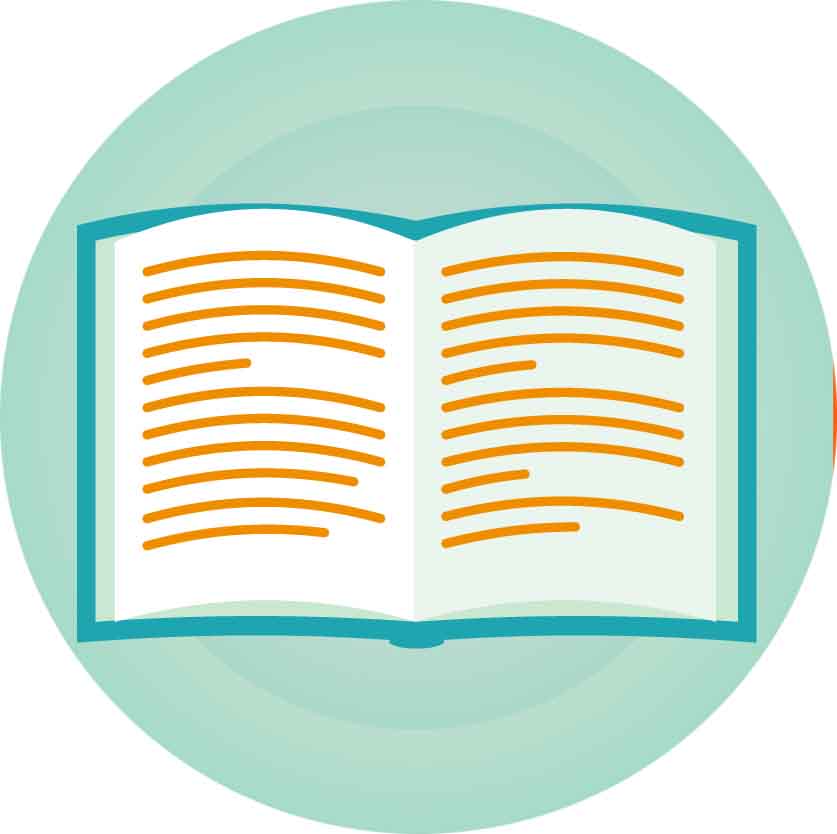
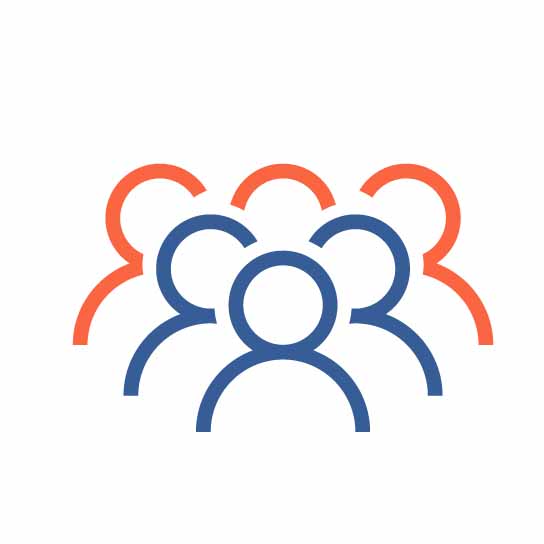


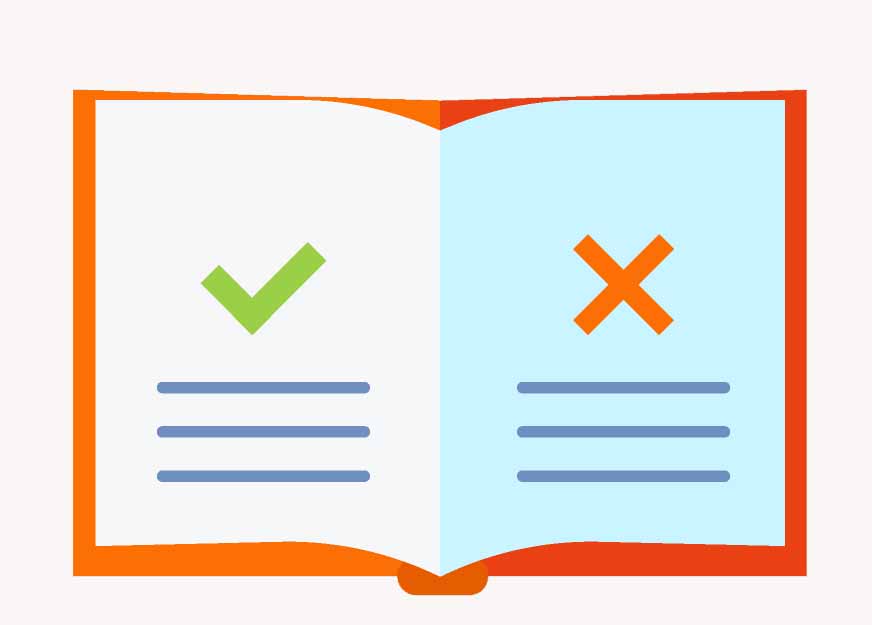
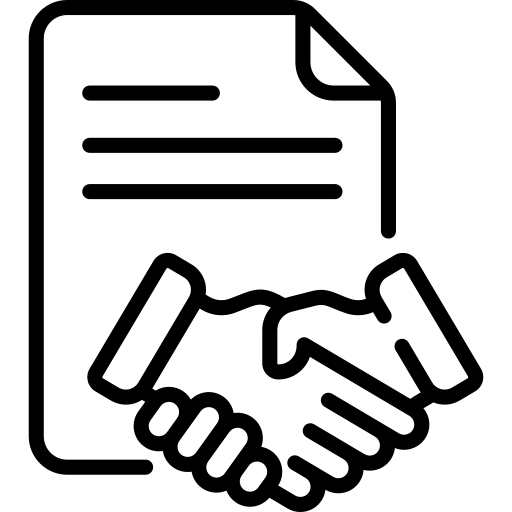
.jpg)



